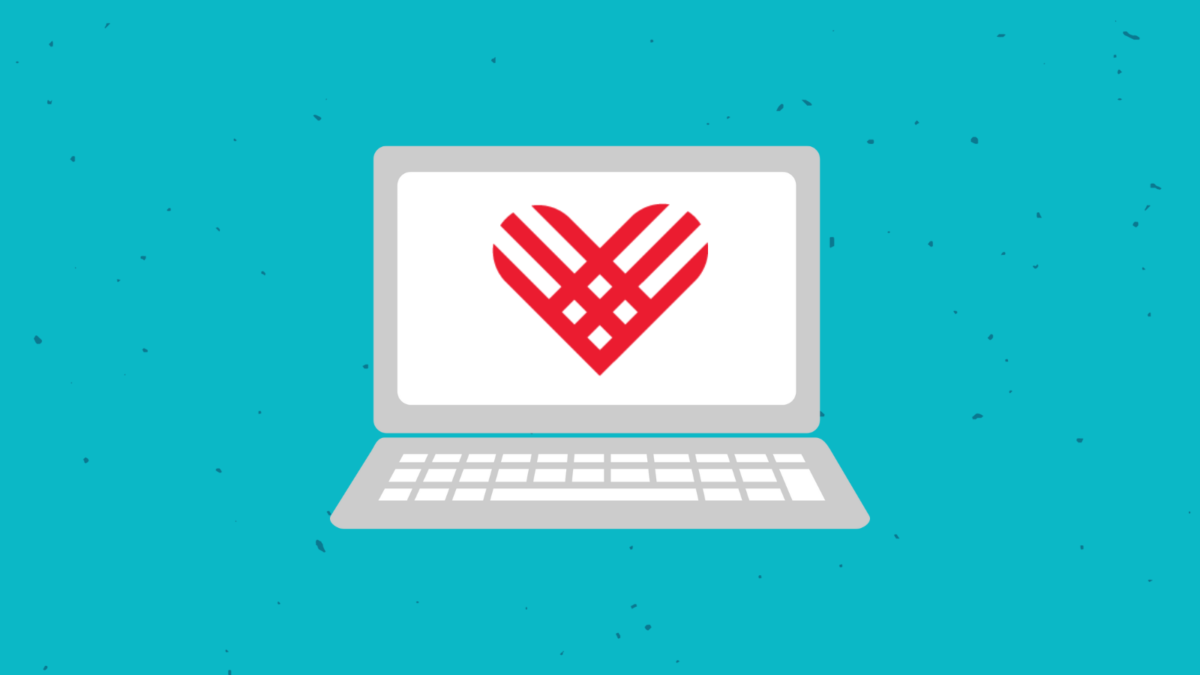No Tricks, Just Treats: Cybersecurity Tips for a Safe and Secure Giving Tuesday
Halloween is upon us, and while the world gears up for a night of fun, spooks, and candy, another significant day looms on the horizon for the nonprofit world: Giving Tuesday.
The spirit of Giving Tuesday is about generosity and support for good causes. However, lurking in the shadows, cyber ghouls greedily try to reap where they haven’t sown by rerouting funds meant for philanthropy or tricking donors into making donations to phantom causes.
Just as you wouldn’t want trick-or-treaters taking more than their share of candy, you wouldn’t want cyber threats jeopardizing the safety and integrity of your generous donors. In this blog post, we’ve compiled some of the best tactics to ensure that your day of giving is all treats and no tricks!
Why Hackers Might Target Nonprofits on Giving Tuesday
Financial Gain
Giving Tuesday attracts millions in donations, and cybercriminals are keen to get a share of the pie. By compromising the organizations’ security defenses, hackers could re-route the funds meant for philanthropy to their accounts. They could also trick donors into believing they are giving to worthy causes when, in actuality, they are lining the hackers’ pockets.
The Treasure Trove of Information
Nonprofits handle vast amounts of sensitive, personal, and financial data. Donor databases, staff personnel records, confidential emails, and accounting details are rich sources of invaluable data. The data variety and volume increase significantly during events like Giving Tuesday, which attracts more donors and hence, more transactions. For hackers seeking information to exploit, nefarious actors will not exempt nonprofits due to their philanthropic mission, making the latter potential targets.
The Vulnerability of Nonprofits
The sad reality is that nonprofits, due to various reason- limited budget, under-staffed IT departments, lack of security awareness training among staff-members, could be more vulnerable than other organizations. These shortcomings often make nonprofits an easy target for hackers, knowing that they can exploit the weak or absent cyber defenses, especially during high-transactions times like Giving Tuesday.
Distraction and Disruption
Hackers also target nonprofits to create distraction or chaos, especially on key days like Giving Tuesday. By launching a distracting attack against a nonprofit, hackers can divert attention and resources away from their true target, which may be another organization or entity.
The Way Forward – Cybersecurity Best Practices
Despite these threats, you can take actionable steps to enhance security for your nonprofit. This Giving Tuesday, ensure your org receives all treats and no tricks with these cybersecurity best practices.
1. Educate and Train Your Staff
The first line of defense against cyber threats is always awareness. Regularly train your team about the latest phishing schemes and the importance of double-checking URLs and email senders. Remember, it only takes one click on a malicious link to invite unwanted guests into your systems.
2. Regularly Update and Patch
Cyber goblins love to exploit outdated software. Ensure all your software, especially your donation platforms and CRM systems, are updated with the latest patches and security features. Schedule regular checks to avoid missing out.
3. Employ Multi-Factor Authentication (MFA)
This is akin to putting an extra lock on your door. By requiring an additional verification step, you add an extra layer of protection against unauthorized access. Encourage your donors to use MFA too, if possible.
4. Backup, Backup, Backup!
Just like you might have backup candy (in case you run out!), always have backup data. Regularly back up donor information and other essential data offsite or on a secure cloud. This ensures that even if something goes awry, you won’t lose critical information.
5. Limit Access
Not everyone in your organization needs access to all information. Use role-based permissions to ensure that staff can only access what they absolutely need. This reduces the risk of accidental exposure or internal threats.
6. Review Donation Platforms
Only use reputable donation platforms known for their security measures. Before choosing a platform, do your homework. Read reviews, check their security protocols, and ensure they comply with data protection regulations.
7. Monitor Regularly
Employ monitoring tools to keep an eye on traffic and activity. This will help you detect any suspicious behavior early and take corrective action.
8. Have a Response Plan
Even with the best preparations, things can go bump in the cyber night. Having a clear and well-communicated incident response plan ensures that your team knows what to do in case of any breaches.
9. Communicate with Your Donors
Last but not least, always maintain open lines of communication with your donors. Assure them of the steps you’re taking to protect their information. This not only fosters trust but also encourages them to be vigilant on their end.
10. Partner with a Cybersecurity Service
Cybersecurity is a complex field that requires specialized knowledge. An expert understands the nuances, the evolving threat landscape, and the best practices in the industry. To ensure the safety and security of your data, a cybersecurity service could provide several crucial benefits.
A Special Giving Tuesday Gift to Our Readers: Free Lockwell Cybersecurity Services
Comprehensive, effective cybersecurity may often seem out of reach for nonprofits, challenged with limited budgets, talent gaps, and scarce knowledge of the technicalities involved. However, thanks to solutions like Lockwell, cybersecurity need no longer be a daunting process.
In honor of Giving Tuesday, we have an exclusive offer for our loyal readers – you can now access Lockwell’s comprehensive cybersecurity service for FREE until the end of this year! Simply sign up here.
Lockwell is the easiest and most affordable way to secure your nonprofit from cyber threats. From real-time threat detection to automatic security updates, Lockwell offers an all-in-one cybersecurity solution that works round the clock to safeguard your organization’s data and digital operations.
The Combined Advantage
By combining the fundraising and engagement capabilities of Flipcause with the robust cybersecurity measures offered by Lockwell, nonprofits can not only streamline their operations and encourage more significant engagement but also ensure that all these interactions and data are protected securely.
In terms of cost-effectiveness, these platforms can eliminate the need for multiple disparate tools, avoiding overlapping costs, and the time-consuming process of managing different systems. This streamlined efficiency allows nonprofits to dedicate more resources – time, energy, funds – directly to their mission instead of administrative overhead or security concerns.
Wrapping Up
Security may seem like incurring unnecessary costs, but it’s far less expensive than dealing with the aftermath of an invasive cyber-attack.
Ensuring cybersecurity isn’t merely a responsibility, but the cornerstone of trust for nonprofits in the digital era. Giving Tuesday is a pivotal event for charities and donors alike, and ensuring a safe and secure environment to facilitate the exchange of goodwill is essential.
Incorporating cybersecurity platforms like Lockwell into your operations can offer that desired security, giving you the freedom to focus on fundraising and making a stronger impact. Remember, there are “no tricks, just treats” when cybersecurity is deployed effectively in your nonprofit organization.
In the end, a secure Giving Tuesday is a successful Giving Tuesday. Secure your digital strategies, protect your nonprofit, and ensure the trust of your donors – so that the power of generosity continues to spread, making the world a better place.




